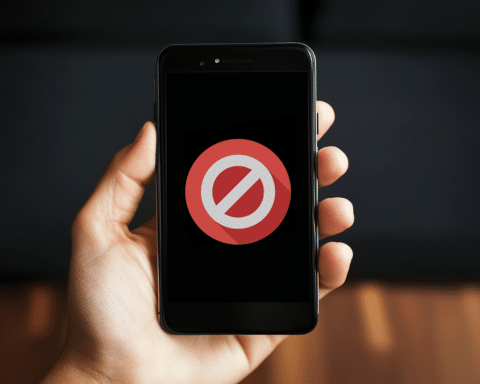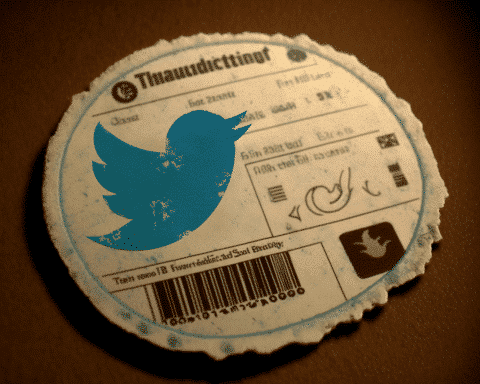Elon Musk’s latest innovation, the AI chatbot Grok, has quickly become a source of controversy since its recent introduction on the social media platform X. The tool allows users to create AI-generated images from text prompts, and it didn’t take long for users to flood the site with fake images of political figures. The images, some depicting these figures in disturbingly false scenarios, have raised significant concerns about the potential misuse of AI technology.
Unlike other mainstream AI photo tools, Grok, developed by Musk’s artificial intelligence startup xAI, appears to lack stringent guardrails. CNN’s testing of Grok revealed its capacity to generate misleading, photorealistic images of politicians and political candidates, which could easily be taken out of context and mislead voters. The tool also generated benign yet convincing images of public figures, such as Musk himself eating steak in a park, highlighting its versatility and potential for misuse.
The ease with which users have created and posted these images on X underscores the growing worry that AI could contribute to an explosion of false or misleading information on the internet, particularly as the U.S. presidential election approaches. Lawmakers, civil society groups, and even tech leaders have expressed concerns about the chaotic implications of such tools on public opinion and voter behavior.
Leading AI companies have implemented measures to prevent their tools from being used to create political misinformation. Despite these efforts, researchers have found that users can sometimes circumvent enforcement measures. Companies like OpenAI, Meta, and Microsoft incorporate technology or labels to help viewers identify AI-generated images. Social media platforms such as YouTube, TikTok, Instagram, and Facebook have also adopted strategies to label AI-generated content, either through detection technology or by asking users to self-identify such content.
However, X’s response to the potential misuse of Grok remains unclear. The platform has a policy against sharing synthetic, manipulated, or out-of-context media that could deceive or confuse people, but the enforcement of this policy is questionable. Musk himself has previously shared AI-generated content on X that misrepresented statements made by Harris, accompanied only by a laughing face emoji to indicate its falsehood.
The launch of Grok comes amid Musk’s repeated spread of false and misleading claims on X, particularly related to the presidential election. This includes a recent post questioning the security of voting machines. Musk’s actions have drawn criticism, especially following a lengthy livestreamed conversation with Trump, during which the former president made numerous false claims without challenge from Musk.
Other AI image generation tools have faced similar backlash for various issues. Google had to pause the image-generating capabilities of its Gemini AI chatbot after it was criticized for producing historically inaccurate depictions of people’s races. Meta’s AI image generator struggled with creating images of diverse racial backgrounds, and TikTok had to remove an AI video tool after it was found to create realistic videos without proper labeling, including those spreading vaccine misinformation.
Grok does have some restrictions; it refuses to generate nude images and claims to avoid creating content that promotes harmful stereotypes, hate speech, or misinformation. Despite these stated limitations, Grok’s enforcement appears inconsistent. In one instance, the tool generated an image of a political figure alongside a hate speech symbol, indicating that the restrictions may not always be effectively applied.
The introduction of Grok has sparked a vital conversation about the responsibility of AI developers and social media platforms in preventing the spread of misinformation. As AI technology continues to evolve, the need for robust safeguards and consistent enforcement mechanisms becomes increasingly critical to maintaining the integrity of information in the digital age. The controversy surrounding Grok highlights the delicate balance between innovation and ethical responsibility in the realm of artificial intelligence.




